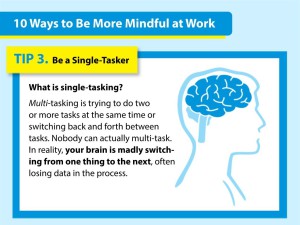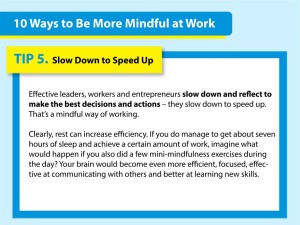 Each day brings about a new adventure. Whether your waking hours involve thriving at school, succeeding at work, keeping the household running smoothly, or some combination of all that and more, one thing is certain – to do your best, you need to feel your best. To accomplish that end, you will need to be rested. This is a simple truth that all of us can attest to anecdotally. Everyone is well aware of how much longer a day can feel when you start it feeling groggy and unprepared on the wrong foot. However, what many people completely undervalue, is how severe the consequences can still be when your lack of sleep persists in a less dramatic fashion.
Each day brings about a new adventure. Whether your waking hours involve thriving at school, succeeding at work, keeping the household running smoothly, or some combination of all that and more, one thing is certain – to do your best, you need to feel your best. To accomplish that end, you will need to be rested. This is a simple truth that all of us can attest to anecdotally. Everyone is well aware of how much longer a day can feel when you start it feeling groggy and unprepared on the wrong foot. However, what many people completely undervalue, is how severe the consequences can still be when your lack of sleep persists in a less dramatic fashion.
If you stay up all night, the negative impacts are obvious. However, cheating yourself out of an hour or two of sleep each day until it becomes a habit yields equally destructive results. In contrast, prioritizing your sleep and well-being can be nothing short of transformative in your ability to be productive, sharp, emotionally balanced, and full of energy. Here are three tips to help you maintain the highest possible level of cognitive function and achieve your best self by knowing when it is time to making snoozing your number one mission.
Consistency is Key
Identifying and committing to your body’s natural sleep-wake cycle (called your circadian rhythm) is a crucial strategy in achieving deeply restorative sleep. Going to sleep and getting up at the same time every day will help you feel refreshed, significantly more so than if you were to hit the same raw numbers of hours asleep but at dramatically different times. Shifting by as little as one or two hours is enough to throw your body off. So, it is essential to establish good habits and defend them against all the curveballs of life. Set a regular bedtime and do your very best to not break this routine. That includes on weekends, when it may be more tempting to stay up late. By the same logic, also wake up at the same time. You will know you are getting enough sleep because you biological alarm clock will soon set itself. If you find you are unable to get up without the alarm, you likely need to turn in a little early the night before. If you do end up needing a nap, it is better to take one during the afternoon, rather than sleeping in late and thus disrupting your circadian rhythm.
Build the Right Habits
Your body naturally regulates your sleep-wake cycle through the production of a hormone called melatonin, which is controlled by light exposure. Your brain produces more melatonin in the evening, when it is dark, and thus makes you sleep. Alternatively, you produce less during the daytime when the sun is out and you need to alert. The vast advances in modern technology, however, have made it increasingly easy to disrupt melatonin production and thus your circadin rhythm. For example, spending all day away from natural light because you are working in a dark office can alter your wakefulness. On the other hand, exposure to the bright lights of TV, phone, computer, and tablet screens that extends late into the night can suppress melatonin production and keep you wide awake.
To counter these challenges, increase your exposure to natural light during the day. Try to spend more time outside when possible and let as much natural light as possible into your home and workplace. In the evening, turn off all your technology well before bedtime. Many people enjoy relaxing with a TV show or social media session before bed, but this is a mistake because they can be overly stimulating. Instead, listen to music or an audio book. Before sure your room is sufficiently dark and, if you do have to wake up, use a flashlight instead of turning on all your home’s lights to keep your light exposure in the late evening to a minimum.
Treat Your Body Right
Much like how you sleep during the night can affect what you are able to do throughout the day, how you spend your waking hours very much impact how well you sleep. It is especially critical to be aware of what you put into your body leading up to bedtime. Avoid large meals at night and avoid heavy, rich foods within two hours of when you get into bed. Fatty foods require a substantial amount of energy to digest and can therefore keep your body working hard, which will make it harder for you to get to sleep. Similarly, imbibing alcohol before bed might make you fall asleep better but it reduces the quality of that sleep since your body is up and busy processing it. Cut out caffeine as much as possible, especially after noon, given that it can have a measurable chemical impact as much as ten to twelve hours after you consume it. Drinking too many liquids at all before bed is also a sure way to have you waking up throughout the night to relieve yourself, so avoid too much drinking of any kind before bedtime as well.
Your Sleep is Worth It
It can seem counterintuitive that going to bed, which you have likely done just about every single day of your life, stands to benefit so significantly with just a little conscious effort on your part. However, the positive impact of building excellent sleep habits cannot be understated. Put your mental and physical health first by making great sleep a priority.















